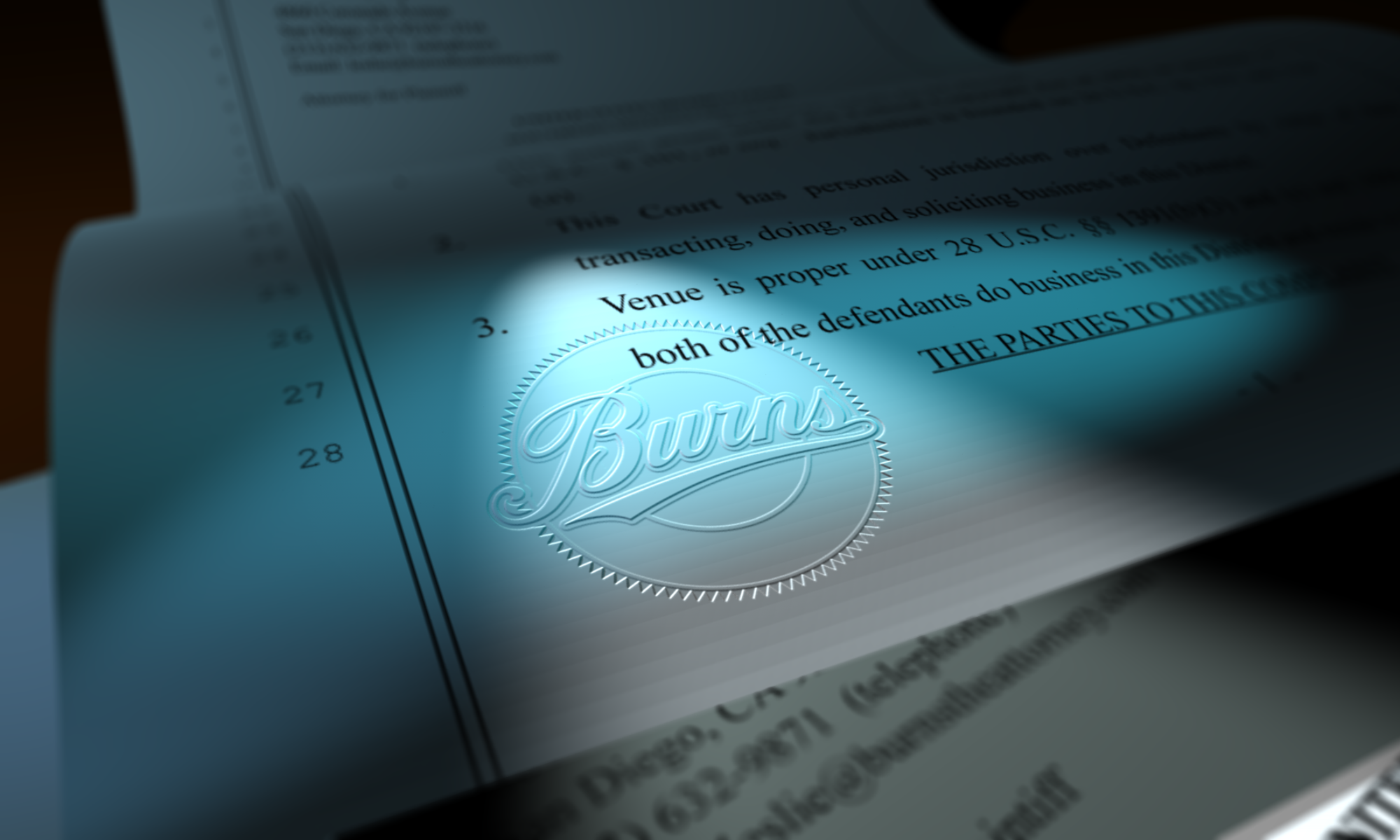Recently, news broke that Facebook, owner of Instagram, is rolling out a new tool to “protect” photos across both platforms. See https://techcrunch.com/2020/09/21/facebooks-new-rights-manager-tool-lets-creators-protect-their-photos-including-those-embedded-elsewhere/ and https://about.fb.com/news/2020/09/helping-creators-and-publishers-manage-their-intellectual-property/. Call me a skeptic, but I’m not jumping for joy at this. While it looks better than nothing, I don’t trust Facebook to do anything that isn’t in its own best interest. More importantly, photographers need to be aware of what they may be losing and what risks they are taking if they use the tool.
My main concern about this new tool is that photographers will use the takedown part of the process too quickly and potentially hurt their ability to get the money they deserve from these infringements. At the very least, before issuing any takedown, photographers should make sure to capture as much evidence about the infringement, including screenshots and metadata, so that if they decide to go after the infringer, they have the proof they need.
Let me back up a bit because I suspect some readers may really understand the purpose of takedown notices and what they mean. That is, many people are not aware that when you send a takedown notice and the work is removed, you can still sue the poster/user for the infringement; you just can’t sue the ISP/platform (probably…there are other requirements the ISP must follow for this safe harbor from liability). Again, after a takedown notice, you can still go after the actual infringer—the person or entity that posted your photo to the platform.
However, to pursue an infringement, you need proof. If you send a takedown notice too quickly, you’ll lose your evidence. So, before doing anything like submitting a takedown notice, make sure to capture all the evidence you can—like screenshots of the use and any metadata you can gather. See my article on evidence gathering for more info. Better yet, talk to an attorney to see what your options are beyond a takedown, before pulling that trigger.
By the way, registering your copyrights before you release your work into the wild is always a good idea. However, you may still have a case even if you haven’t registered the copyright at issue yet. For example, maybe the infringer removed your watermark—that would be a violation of a different part of copyright law that doesn’t require registration for you to be eligible for statutory damages and maybe even attorney’s fees and costs (more on that here).
Worse, however, than losing the evidence needed to pursue the infringement is that if you send a takedown notice too quickly, you may not do the research necessary to make sure that the use is actually an infringement and not excused by fair use or some other defense. If you send a takedown notice without doing that research, you can be sued by the user of your photo for submitting a bad faith takedown notice! If that happens and you lose that suit, you could end up paying the other side’s legal fees. Ouch!
So, if you are still using Facebook or Instagram (and I heartily encourage you not to for many reasons, including the facilitation of the downfall of democracies worldwide), you might consider using this new tool. If you do, take care to use it right.
